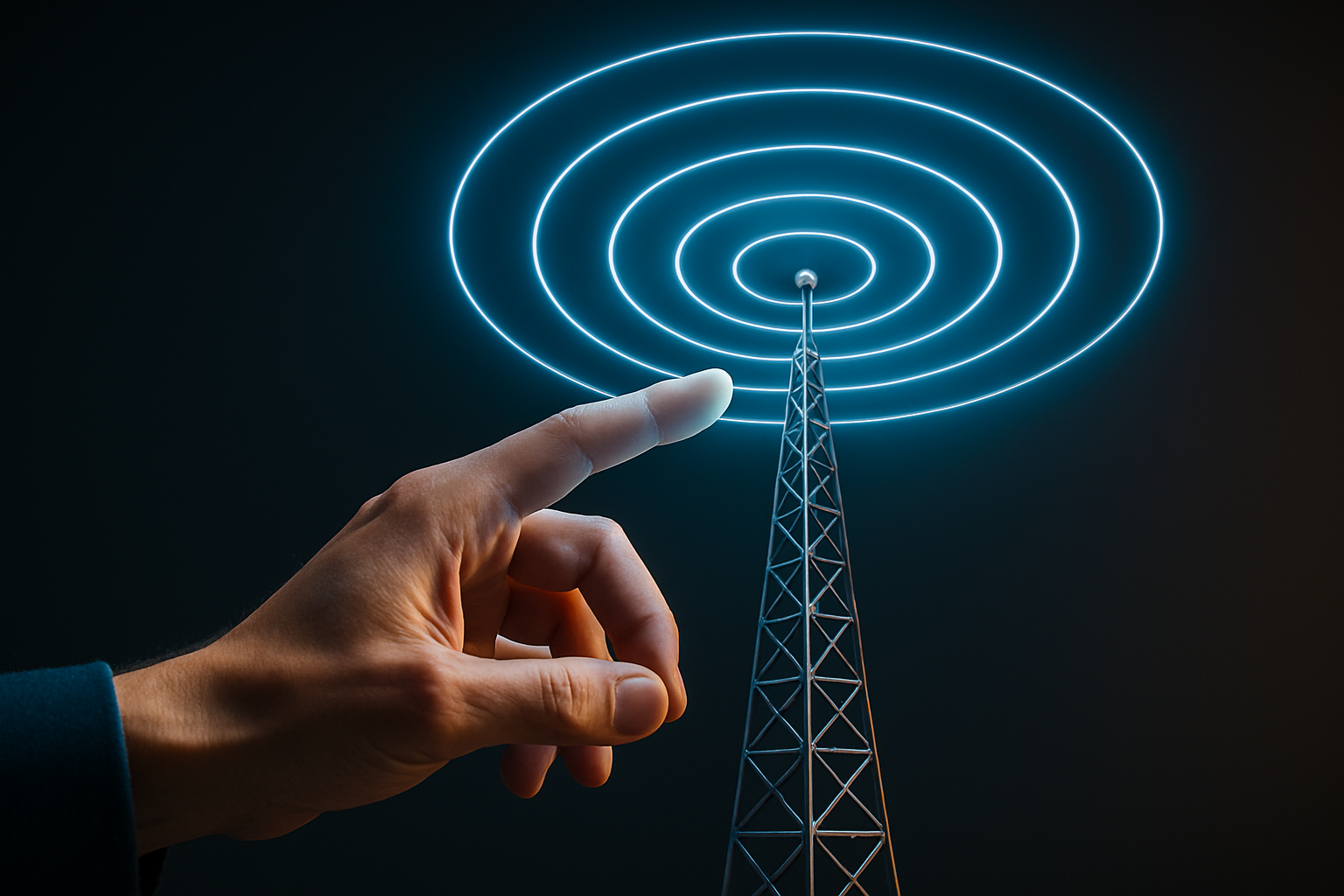Unveiling the Potential of Terahertz Communication: A New Frontier in Telecommunications
Imagine a world where you can download an entire movie in less than a second, or where remote surgery is not just possible, but commonplace. This could be the reality with terahertz communication, a largely unexplored area of telecommunications that promises unprecedented speed and capacity. But what exactly is it, and how does it work? Let's dive in.

The Dawn of Terahertz Communication
Terahertz communication refers to the use of terahertz frequency waves, which fall between microwaves and infrared light on the electromagnetic spectrum, for data transmission. This technology has been in the theoretical stage for many years, but recent advancements have brought it closer to practical application. The potential of terahertz communication lies in its incredibly high frequency, which allows for faster data transmission and greater capacity than current technologies.
The Current State of Terahertz Communication
Despite its potential, terahertz communication is still in its infancy. The technology faces several challenges, including the difficulty of generating and detecting terahertz waves, and the high attenuation rates that occur when these waves pass through the atmosphere. However, researchers are making strides in overcoming these obstacles. For example, scientists at the University of California, Santa Barbara, recently developed a new method for generating terahertz waves that could pave the way for more efficient and cost-effective terahertz communication systems.
The Impact of Terahertz Communication
The implications of terahertz communication are vast. For consumers, it could mean faster internet speeds and more reliable connections. For businesses, it could enable new applications in fields like remote healthcare, autonomous vehicles, and industrial automation. However, the technology also raises questions about security and privacy, as the increased capacity of terahertz communication could make it easier for hackers to intercept and manipulate data.
The Future of Terahertz Communication
Looking ahead, the future of terahertz communication is promising. As researchers continue to make progress in overcoming the technical challenges, we can expect to see more practical applications of the technology. Regulatory bodies will also play a crucial role in shaping the future of terahertz communication, as they will need to establish guidelines for its use and address concerns about security and privacy.
Conclusion
Terahertz communication represents a new frontier in telecommunications, offering the potential for faster, more reliable connections. While the technology is still in its early stages, the progress made so far suggests that it could become a major player in the telecommunications industry in the not-too-distant future. As we continue to explore the possibilities of terahertz communication, we can look forward to a world of unprecedented connectivity.





